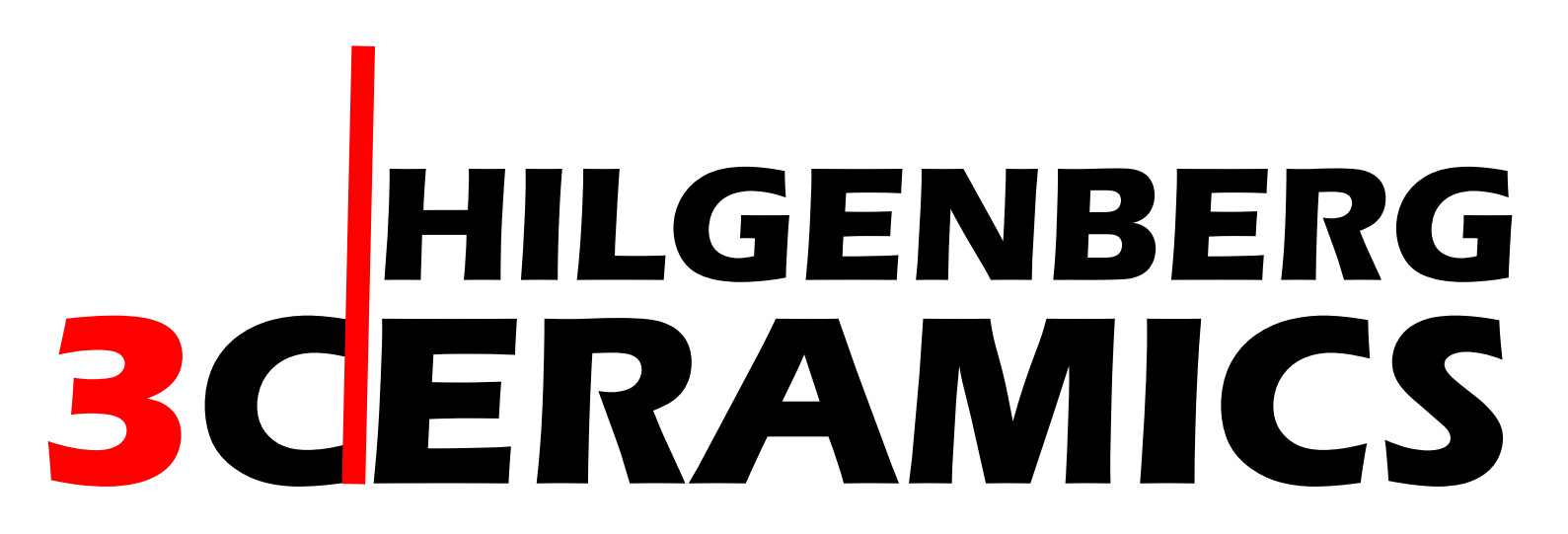The brick becomes a high-tech product
A modern brick has to meet many requirements. Rising energy costs and ever stricter specifications for new buildings mean that the requirements for the thermal insulation of a brick are constantly increasing. Sound insulation and mechanical stability are also relevant properties. Thanks to various developments in recent years, bricks have long since ceased to be simple clay bricks and have instead become a high-tech product. It is therefore understandable that the demands on dimensional accuracy are constantly increasing. The unbroken trend towards more sound insulation is forcing manufacturers not only to produce finer cavities and thinner webs, but also to use a sophisticated system to disperse the sound, similar to a silencer. This is achieved by a sound-absorbing wall inside the brick. This is known as the functionalization of the brick.
It all depends on the extrusion tool
The bricks are produced by extrusion, whereby the ceramic mass (clay) is pressed through a die. The hole pattern of the brick is created with the help of placeholders, the so-called extrusion cores. During extrusion, the clay flows around the extrusion cores in the die and then leaves cavities, which ultimately results in the brick's layout of ridges and cavities. The precisely adjustable hole pattern makes the design of the mouthpiece extremely complex. This is because with increasing complexity, inhomogeneities in the material flow, turbulence and undesirable textures occur in the die. To counteract this, the geometry must ideally be of each individual extrusion core Be uniqueto guarantee optimum flow at the respective point.
The perfect extrusion tool with ceramic 3D printing
For a development project with our partner Mein Ziegelhaus, the research center of the Mittelstandsverbund für Ziegel, we were able to use our 3D printing topology-optimized Extrusion cores made from high-purity aluminum oxide (Al2O3). This enabled us to drive forward the development of new tile layouts within a few weeks and at comparatively low cost.
Our 3D-printed extrusion cores made of aluminum oxide are as hard and wear-resistant as sapphire. This means that even Significantly longer service life can be achieved than would have been possible with conventional steel cores.
Ceramic 3D printing still has a lot of future potential
Our development project has shown that 3D-printed extrusion tools made of ceramic are faster, more innovative and, in the long term, more cost-effective in brick production than conventional tools made of steel. With these new findings, the production of bricks can be optimized even further in the future. And thanks to 3D printing, any customization can be implemented quickly.
We believe that the flexibility of 3D printing is an advantage for many other industries and applications. We will therefore be presenting some of these applications at regular intervals on our homepage at hilgenberg-ceramics.com/news/ introduce.
Do you have any further questions about our article? Or would you like to explore the options of ceramic 3D printing for your own application? You can contact us at any time by email or phone.

